Indonesian Pantry
I am guessing that you are here because you have been happily browsing through some of my Indonesian recipes and ready to roll on your sleeves to start cooking only to get stumped on some of the ingredients, like “What the heck is this?”, or “Should I use this brand of ______?”, or “Maybe I can use that instead of whatever is stated in the recipe? (fingers crossed)”. If you have any of the above confusion, and maybe even more that I cannot think of on top of my head, then this page is for you!
I currently live in Oregon, and in the past, I have lived all over United States, from big suburbs in Bay Area all the way to tiny college town in Upstate New York. From my grocery experience, there should be no problem finding these ingredients. Don’t worry if your local grocery doesn’t carry them since I will try to include as many Amazon link as possible to the products I describe in here. If I have left out anything, feel free to leave me a message.
Ingredients in this page are what I consider essentials to cook authentic Indonesian recipes. I hope it can give enough of an introduction to what you may want to get for your own kitchen to start cooking your very own authentic Indonesian dishes for yourself, family, loved ones, and friends :)
Since my blog has a lot of Chinese, Japanese, and other Asian recipes, I also provide a guide for general Asian pantry should you need it.
Disclosure: this page contains affiliate links from Amazon. It means, when you make a purchase with Amazon as a result of following one of the links below, you will be supporting Daily Cooking Quest at no cost at all to you.
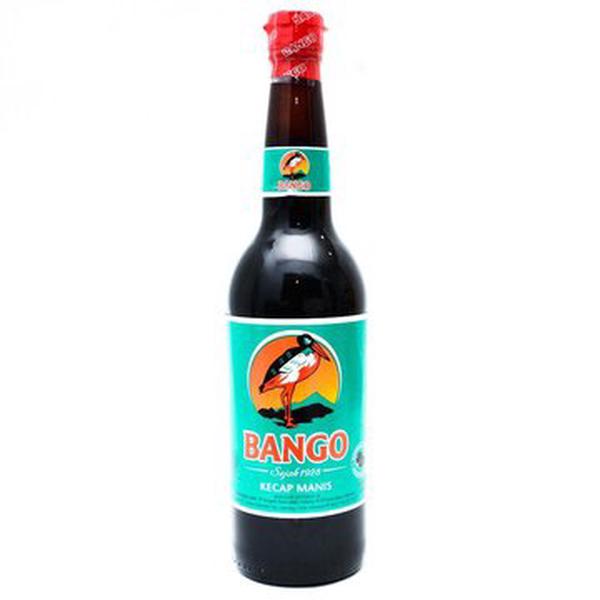
This is my favorite brand for kecap manis (Indonesian sweet soy sauce), albeit being pricier than the more commonly available Kecap Manis ABC.
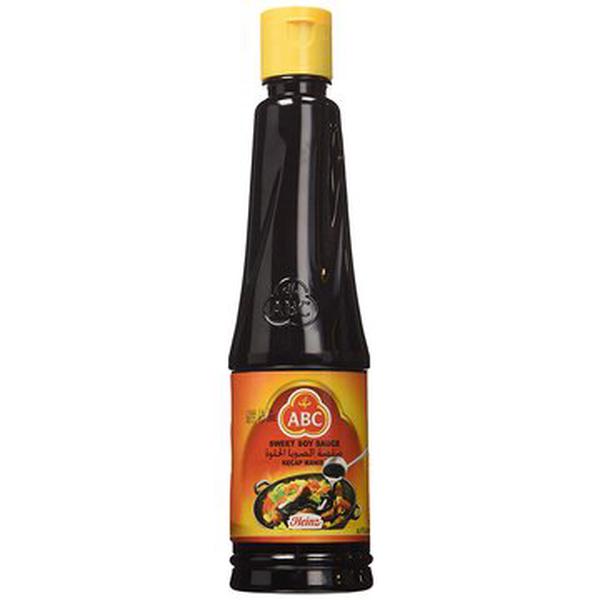
This brand of kecap manis is more widely available in the US and typically sold at a cheaper price point compared to Bango brand.
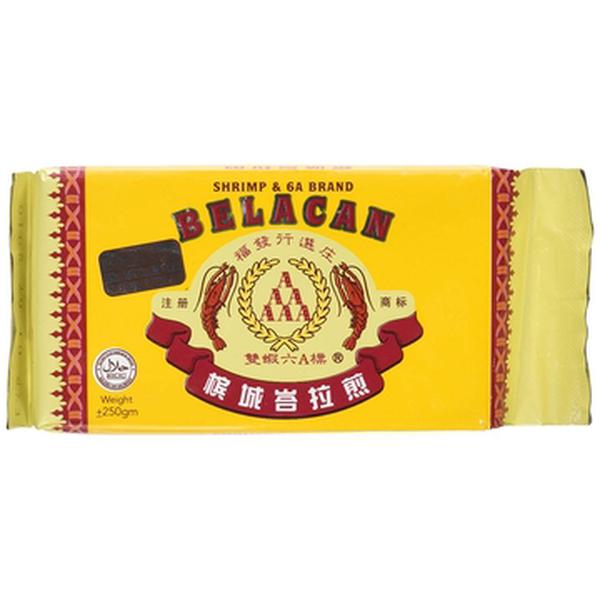
A block of stinky shrimp paste is a must in my kitchen. I can't make my sambal without it.
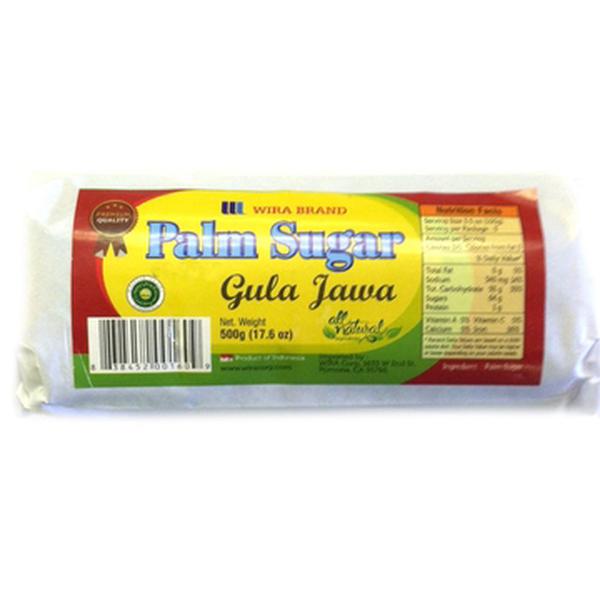
Indonesian palm sugar (or gula Jawa) has a very fragrant coconut smell and very dark color, almost like molasses, and pure one should be soft and can be crumbled with fingers.
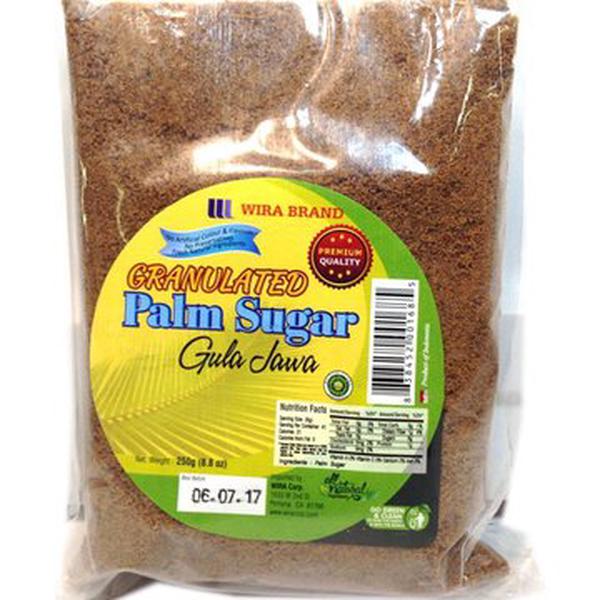
Palm sugar blocks need to be shaved, use the granulated version to safe time and effort. Substitute with any coconut palm sugar, not Thai palm sugar.
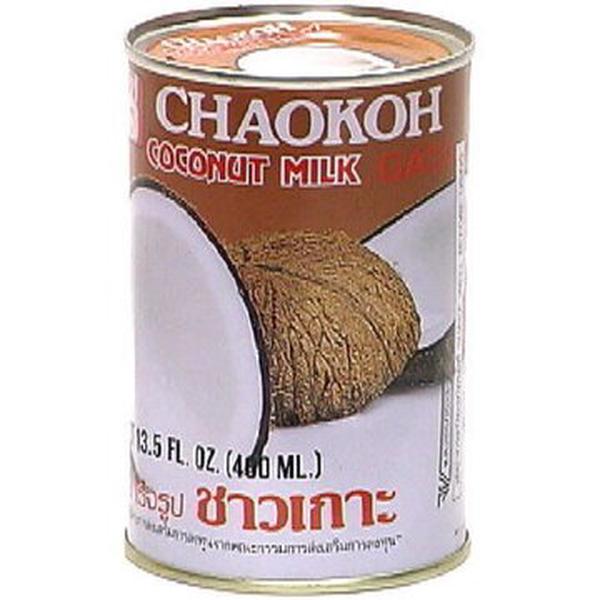
Santan/coconut milk is a key ingredient in many Indonesian dishes. I love coconut milk from Chaokoh brand, though you should try getting them from an Asian market so you can choose the clean non-dented cans.

Cane sugar vinegar is the vinegar we use the most in Indonesia. From acar to homemade tempeh, the result just won't be the same if you use other kinds of vinegar.
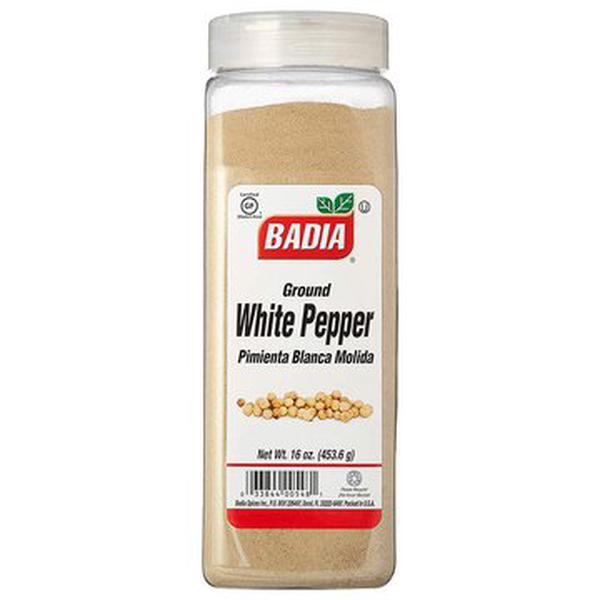
Indonesian dishes use white pepper almost exclusively. Unless a recipe specifically calls for black pepper, we will automatically assume that it means white pepper when it simply says pepper.
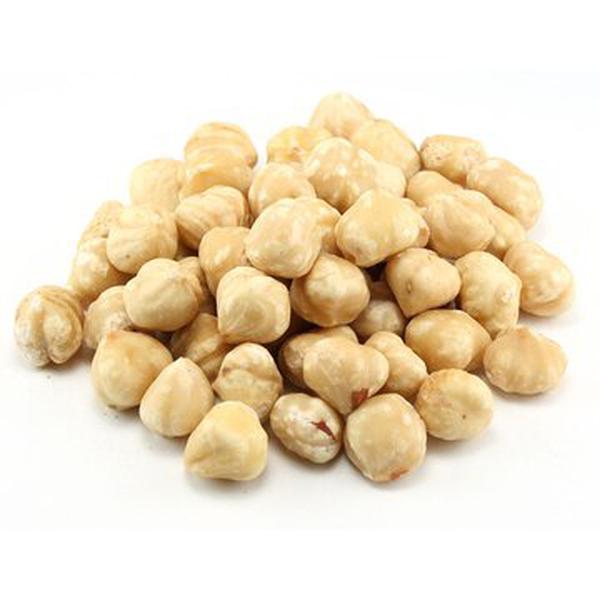
Kemiri/candlenuts is the most common nuts used in Indonesian sauces, dishes, and curries. The best substitution is macadamia nuts.
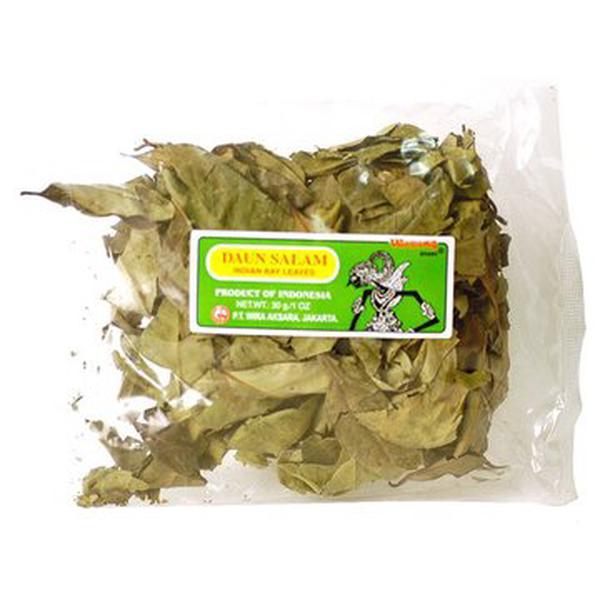
Many Indonesian curries, stews, and soups incorporate daun salam/Indonesian bay leaves. You cannot substitute with regular bay leaves. It is better to omit from a recipe if you don't have daun salam.
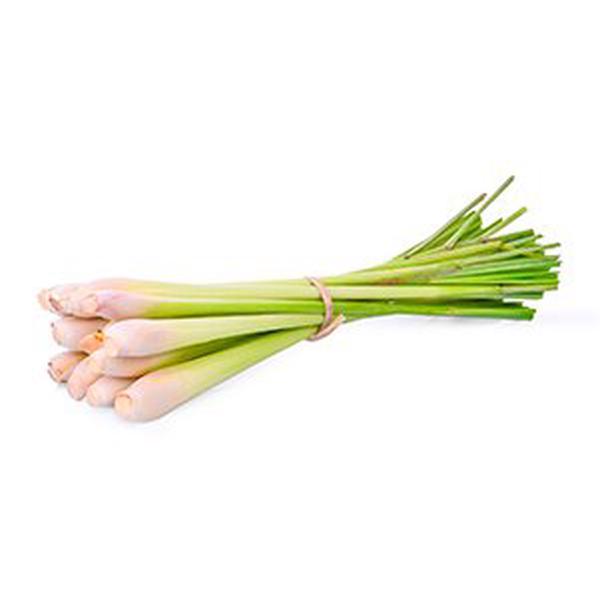
Soto, nasi uduk, and many other Indonesian dishes rely on sereh/lemongrass for its lovely fragrance.
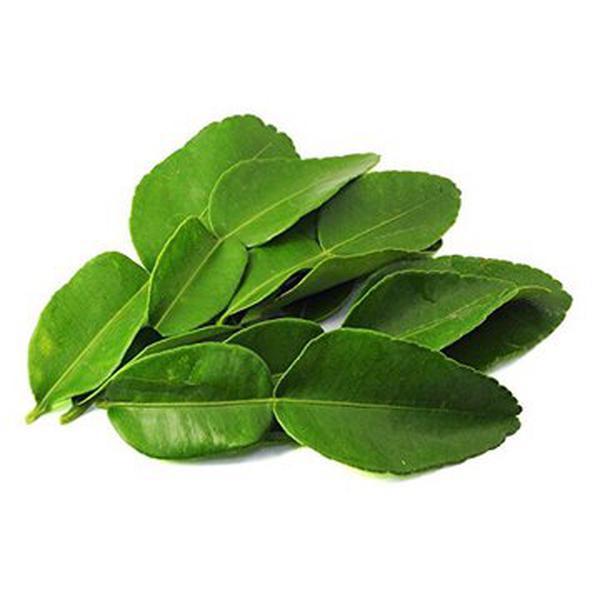
Fresh kaffir lime leaves and fresh lemongrass are usually used together in many Indonesian recipes for their aromatic citrusy fragrance.
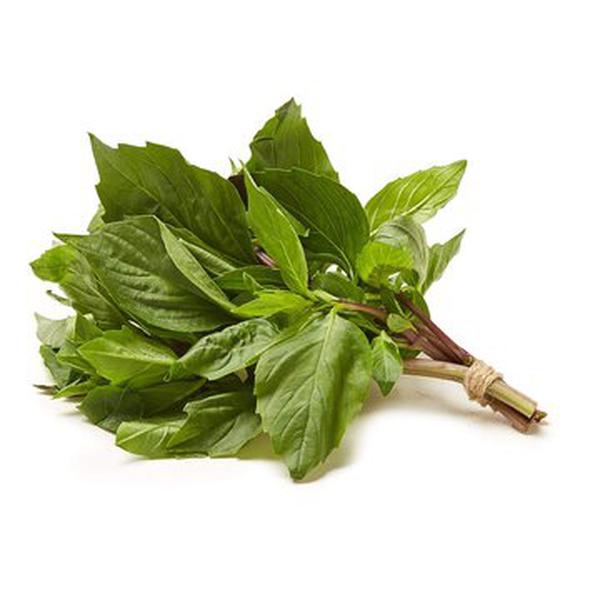
Daun kemangi is eaten raw in lalapan, and has a starring role in dishes such as telur bumbu kemangi and tahu tumis kemangi. Difficult to find outside Indonesia, I usually sub with Thai basil.
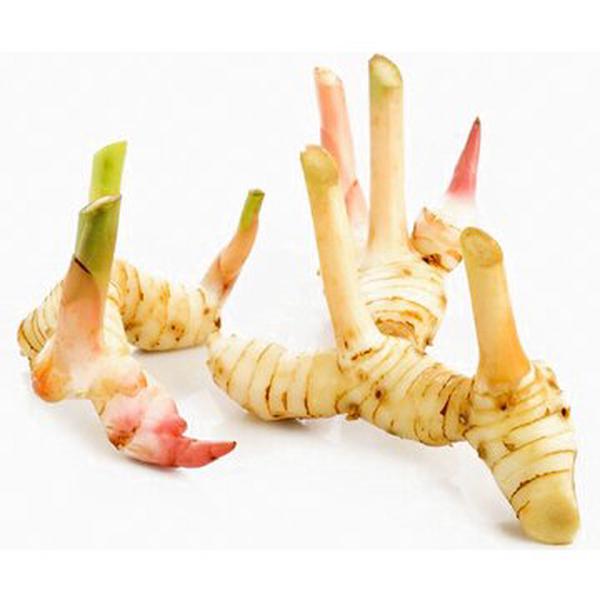
The two most common roots used in many Indonesian dishes are jahe/ginger and lengkuas/galangal. Ginger is easier to find in most groceries, but a visit to Asian market is usually a must for some fresh galangal.

Nasi kuning and rendang are just two example recipes that you won't be able to make without turmeric root. You can use turmeric powder too for convenience.
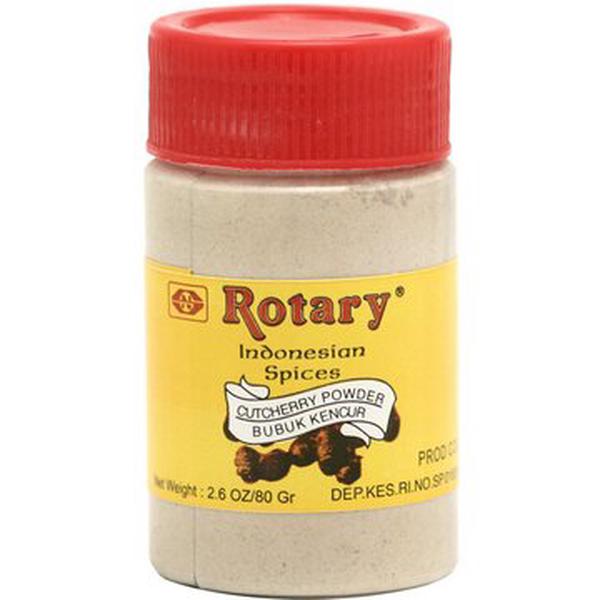
Kencur (cutcherry) is a key ingredient in the making of pecel. I haven't been able to find the fresh root yet, so this powder is what I rely on when making pecel.
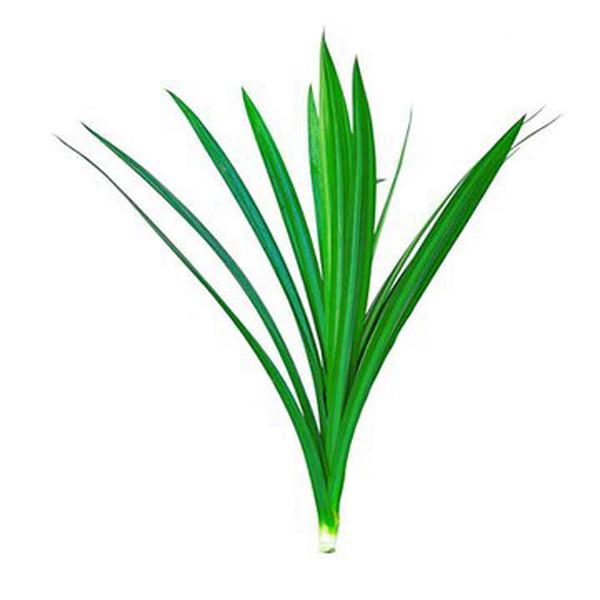
Highly valued for its fragrance and bright green color. This is our version of vanilla since we use it in almost every single desserts. Usually sold in the frozen section.

Rice is a staple food for most Indonesians. Ours are very close to Thai rice, and we especially love jasmine rice variety which is very fragrant.
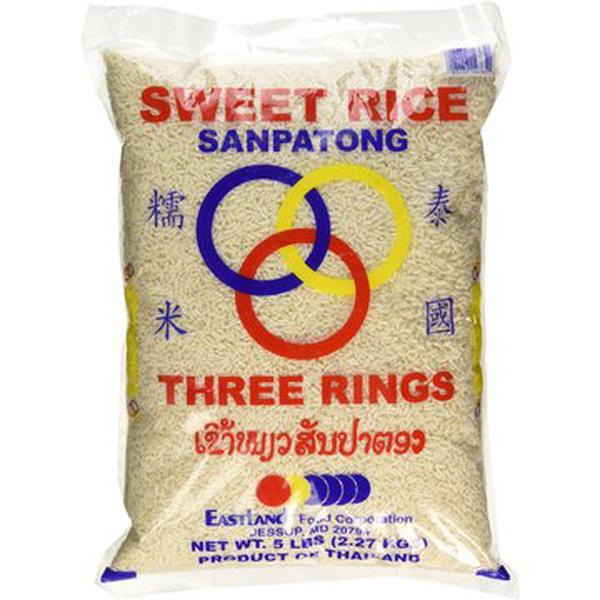
Many Indonesian desserts are made from beras ketan (sticky rice). Our version is very similar to Thai sticky rice, and is actually slightly different from Japanese sweet rice.
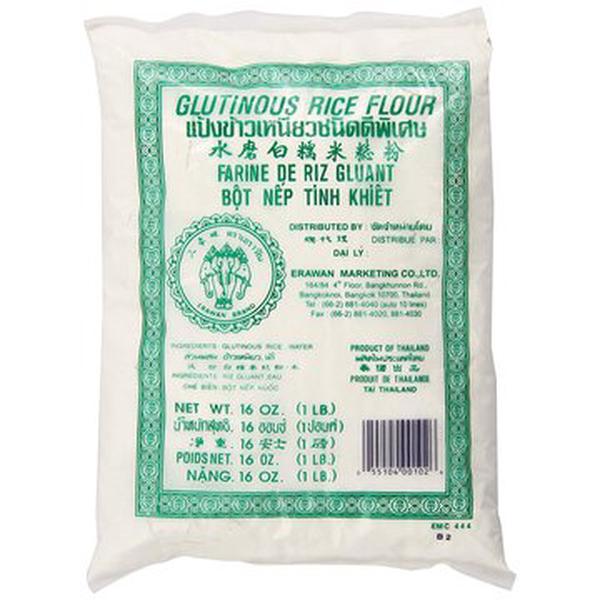
The ground version of sticky rice. This is a key ingredient in Indonesian desserts such as ronde or klepon, also to make Chinese tang yuan.
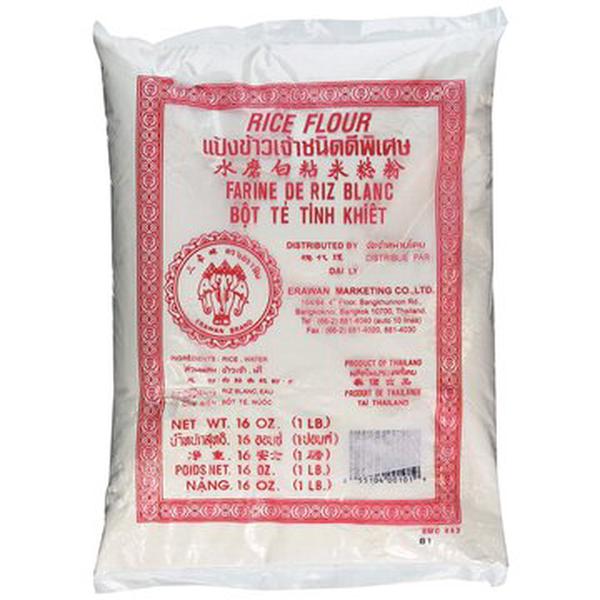
Rice flour is used in many Indonesian snacks, steamed cakes, and desserts.
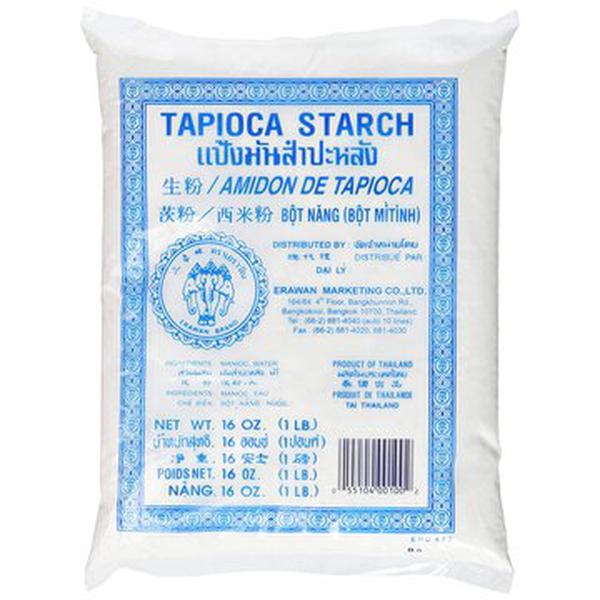
Tapioca starch is a key ingredients in making homemade bakso (Indonesian meatballs, chicken balls, or fish balls). Also a great substitute for cornstarch.

This starch is mainly used in making hun kwe, also a key ingredient to make cendol.
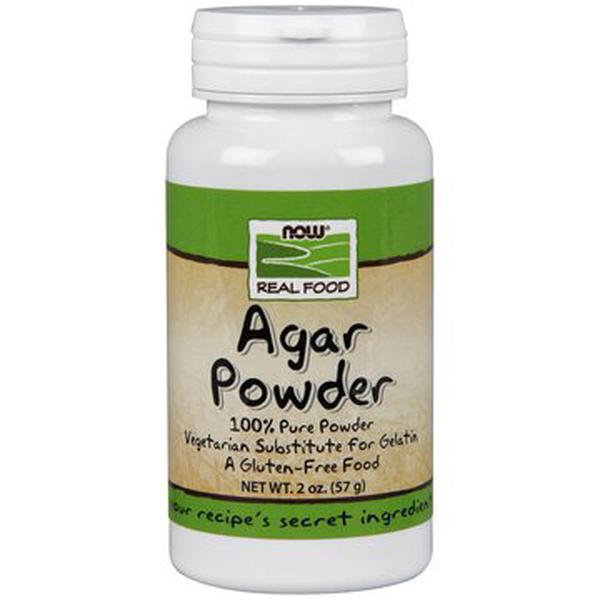
Agar powder is a must to make agar-agar (agar pudding). Since Swallow Globe (most popular agar brand in Indonesia) is hard to find, I use this one from Now Food.
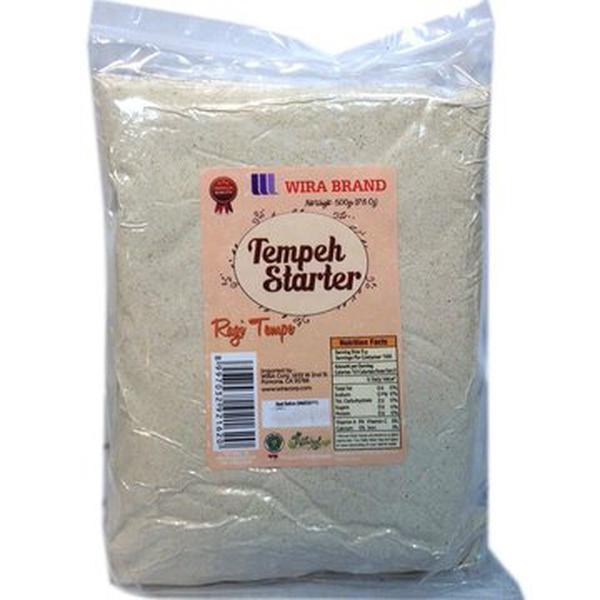
I make homemade tempeh all the time, and I rely on this big batch of starter to make months worth of tempeh supply.
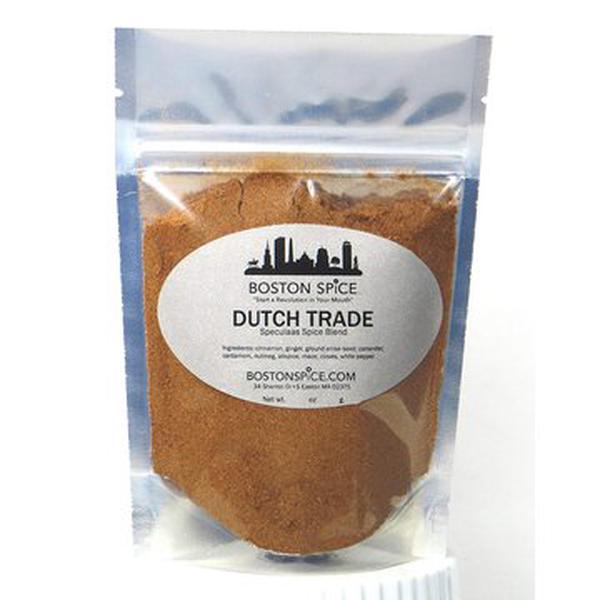
Indonesian traditional lapis legit (thousand layers cake) is not the same without speculaas spice mix.
Updated on September 9, 2019.